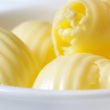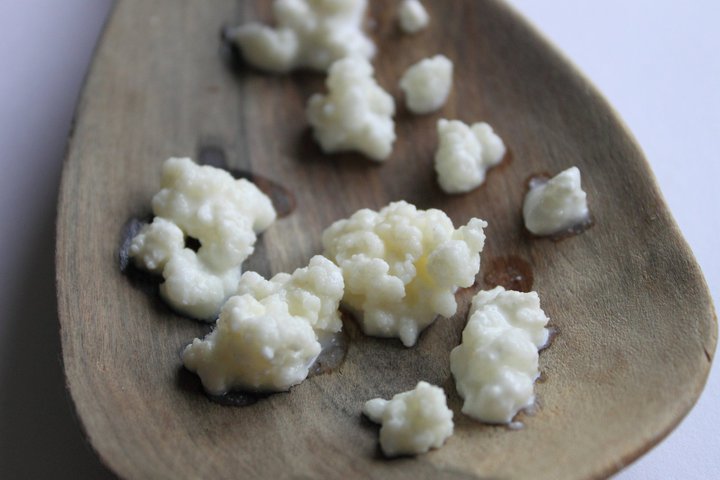Kefir is a highly-revered delicacy in West Asian cultures, put people around the world enjoy the benefits and taste it has. Made of cow, sheep or goat’s milk, the tiny grains that kefir is known for were made in a variety of ways, but the original method brings much insight to its use and consumption today.
The term “kefir” originated from Turkey, and traditionally referred to the grains of milk produced when fermenting milk. It was originally known to be prepared inside a skin bag, which was traditionally hung by the doorways of homes. Anybody who passed through the door would also shake the bag, helping to keep both the kefir grains and the milk that accompanied it constantly mixed.
Traditional forms of kefir usually involve few natural ingredients, which were widely available in the areas the delicacy originated in. It usually started with yeasts, fermentation agents like ethanol, milk proteins, and water in order to produce a flavorful, carbonated beverage that is still popular to this very day.
A more artisinal method of producing kefir starts with adding in kefir grains into a acid-proof container mixed at least once a day. Kefir grains themselves cannot be readily produced; they are a product of fermentation. They can also be bought from other growers, or from certain specialty markets if you don’t live in an area where the substance can be readily grown.
After the initial mix, the container is kept loose, and is kept in a dark room in order to prevent the evaporation of vitamins and minerals. Fermentation typically takes place around 24 hours at certain temperatures. Following the fermentation, kefir grains are sieved from the mix, and are used as the starter for the now ready-to-consume kefir beverage.
Kefir is particularly prominent in the Northern and Eastern European areas, like Ukraine and Poland. It has also reached areas as far as Chile, where it is colloquially referred to as “bird’s yogurt.” Many specialty stores in Western countries like the United States, and the United Kingdom have found markets for this wonderful beverage.
Health Benefits
The unique fermentation process also consumes much of the lactose present in kefir products. Yeasts and good forms of bacteria will eat up the lactose you would normally find in other milk products, making it relatively safe for consumption for people with allergies or lactose intolerance. It is also easily digestible; try some kefir on an empty stomach to see what we mean!
Kefir’s inherent properties make it rich in essential amino acids, as well as valuable proteins that keep strength and body replenishment at their peak. Being easy to digest, much of the vitamins and minerals in kefir are almost immediately utilized by your body. Calcium, magnesium, and other great things about milk are also rich in this miracle beverage.
Product Varieties
As kefir is made from milk, it is commonly introduced as a beverage in the areas it is available in. The most common forms of milk used when producing kefir are cow, goat and sheep’s milk, with soy and rice milk also gaining popularity. Some manufacturers have also taken to adding different flavors to kefir, like fruit juices and ginger.
Since producing kefir often involves or produces yeasts, it can be used in the production of certain breads and pastries. Some cultures have taken to using kefir when baking, as it serves as a delicious and nutritious substitute for buttermilk. It is not uncommon to see other, unique forms of pastries made with kefir in Eastern European and West Asian communities.
Kefir grains and liquids are also used as additions in many other forms of dishes. Areas of the former Soviet Union often add in kefir when making borscht, thanks to its strong profile as a dairy product. Western eaters may find kefir a wonderful substitute for milk when eating cereal, bran, or granola products.
Allergies and Side Effects
As kefir is naturally sourced from milk, many of the same side effects you would see in similar dairy products may be found in kefir. It goes without saying that if you have certain sensitivities when it comes to dairy products and their derivatives, you should consult a doctor or nutritionist before consuming a kefir product.
Allergies or intolerance to lactose products can bring about minor reactions such as nausea, vomiting, dizziness, or an irritable bowel. Even though the production process of kefir does away with much of the lactose in a given product, you might still be at risk, so try getting some medical advice before consumption.









